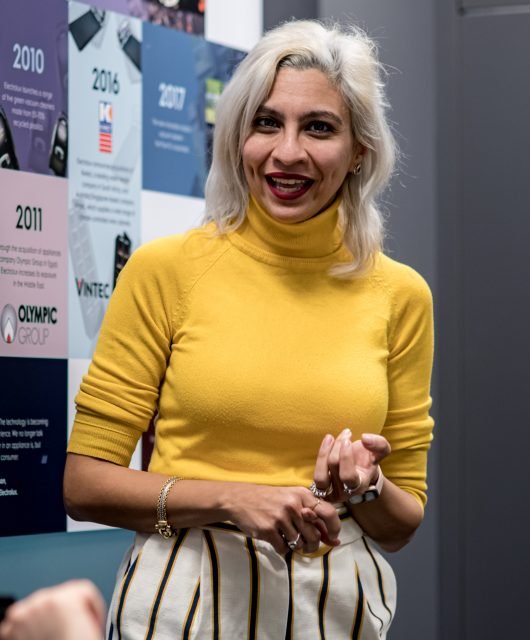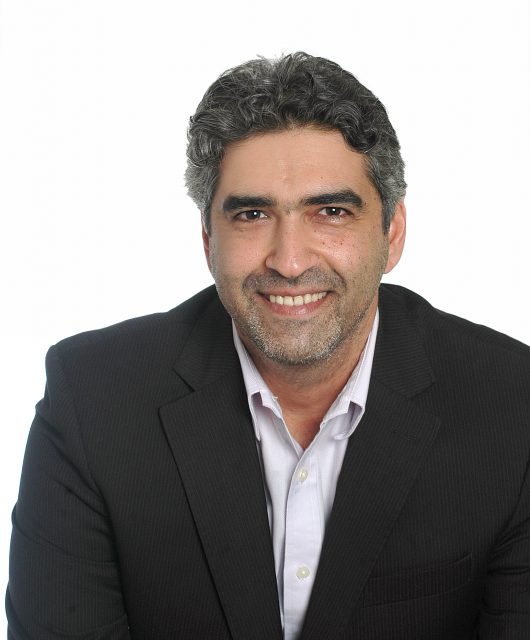Esports, The Metaverse, And Where To Find The New Sports Fan
Karim Essam, Head of Client Strategy at Nielsen Sports, discusses his views on what the sports landscape in the Middle East will look like in 2023 and beyond…

If you’ve been working in the sports industry for a few years, then you probably feel busier than you’ve ever been. I bet you woke up this morning and felt like you’ve been hit by a bus, at least I did! The sports sector in the Middle East – for the bigger part of last decade – was emerging yet still raw. The years of bringing structure to the drama. A beautiful chaos, but slowly and steadily, global markets started to take note of the growth and potential. The Middle East was on the map. Inevitably, 2020 announced itself in the most unexpected manner. Silence, uncertainty, and doubt. It may not be the fondest of memories, however, we must admit that it did shake things up. It challenged the system. It posed many questions and questioned many positions. Einstein once said, “In the middle of every difficulty, lies opportunity,” and I believe him. 2020 confused us and challenged us, but it also inspired us. If it doesn’t challenge you, it doesn’t change you, eh?
In 2020, as we welcomed an era of quarantines and curfews, business opportunities and ideas were cooking. In the Middle East, Gamers Without Borders, a multi-million-dollar Esports event was launched. An online charity event, there couldn’t have been a better time or purpose. In case you’ve been living under a rock for the past 3 years, then you might need a recap of what Esports is. Esports, in simple terms, turns gaming into a spectator sport. It mimics the experience of a professional sporting event, except that Esports fans watch gamers compete against one another. For some context, according to Newzoo, the gaming industry globally is expected to hit $200 billion in 2023. Today, apart from being a global phenomenon, Esports is one of the fastest-growing media categories in the Middle East. Regionally, Saudi Arabia continues to lead the Esports charge, with Savvy Games Group announcing plans to invest $38 billion in this space over the next 7 years.
If you think the numbers above are out of this world, I’d say you are right, but here’s why. According to Nielsen Sports, half of Esports fans today, only started following Esports in the past two years. Male and female fans both hit double-digit growth last year. All age groups between 18 and 40 years old witnessed double-digit growth. Nielsen Sports’ SponsorGlobe, a database of all the announced sponsorship deals worldwide, estimated that the number of Esports sponsorships multiplied 5 times in the past 5 years. Tell me these are not scary numbers. Expect more brands to enter this space, and more Esports-specific jobs to be created. This is not an investment in Esports only, it is an investment in a new fan segment that represents the future.
In the early 2000’s, sports fans were considered an exciting segment, because they watched… they watched stuff! As a brand, this meant you were able to communicate with them on some type of platform. They were also typically younger than the average age of the population, which guaranteed brands some type of lifetime value. Soon enough, brands and their commercial strategies shifted to that space. Social media departments started forming and people were hired for the sole purpose of activating and engaging with the fans ‘where they spent most of their time’. There are many similarities between sports fans then and Esports fans now. They are nowadays dictating play with their media and content consumption habits. Linear media and one-way communication tools are not enough anymore. Fans want to be part of the content creation and TikTok is living proof of this. They want brands who reach out to them in their space and allow them to express themselves.
It is no surprise that many companies have now hired Chief Metaverse Officers. The Metaverse and Esports have synergies and high integration potential. Virtual reality, augmented reality, avatars… already sounds like a video game! Tech giants like Microsoft, to fashion brands like Louis Vuitton and Balenciaga, to automotive brands like Hyundai. Brands are starting to invest in the Metaverse because it promotes everything this new fan segment stands for and supports. This idea of decentralization – or having a space owned and operated by the users appeals to them and allows them to co-own and co-create. The social aspect of it, too. A sea of opportunities for different personalities and characters. If you feel like you’re an introvert, you can be the coolest of the bunch out there. Complete isolation of stereotypes and prejudices, we can be who we want to be, within the walls of mutual respect, of course.
If you’re reading this thinking it is an article about Esports, read again. This is what I believe the sports fan will look like in 2023 and beyond. It is the fan who shapes the industry and forms the basis of its strategies, so in hindsight, this is what I see the sports industry looking like in the near future. I believe it is crucial that content creators, distributors, brands, and all industry stakeholders listen to these fans and get to know them. Learning about their interests and how to communicate with them could be a game-changer. This group will not conform to predetermined assumptions and rules. The rise of OTT and streaming platforms, online gaming and Esports, the metaverse, means that this new fan segment has a world of different places to go and engage. Creativity is key but remember that they are a complex group craving diversity, equity and inclusion. They have an incredible appetite to consume various different types of content, simultaneously even, but they also want to be heard.
What does this mean for the Middle East, though? It means all the above. There are no geographical restrictions anymore. Even live events have no geographical restriction nowadays. The boxing and golf efforts in Saudi Arabia, the NBA and rugby coming regularly to the UAE, with so much more lined up in 2023. It is becoming increasingly hard to keep track of the events calendar. Brands and rightsholders want to understand and learn, evaluate and measure. They want to create more and engage more. Whether 2023 will be busier? My dear colleagues, make sure you get those extra couple hours of sleep when you get the chance. We are going to need it!





